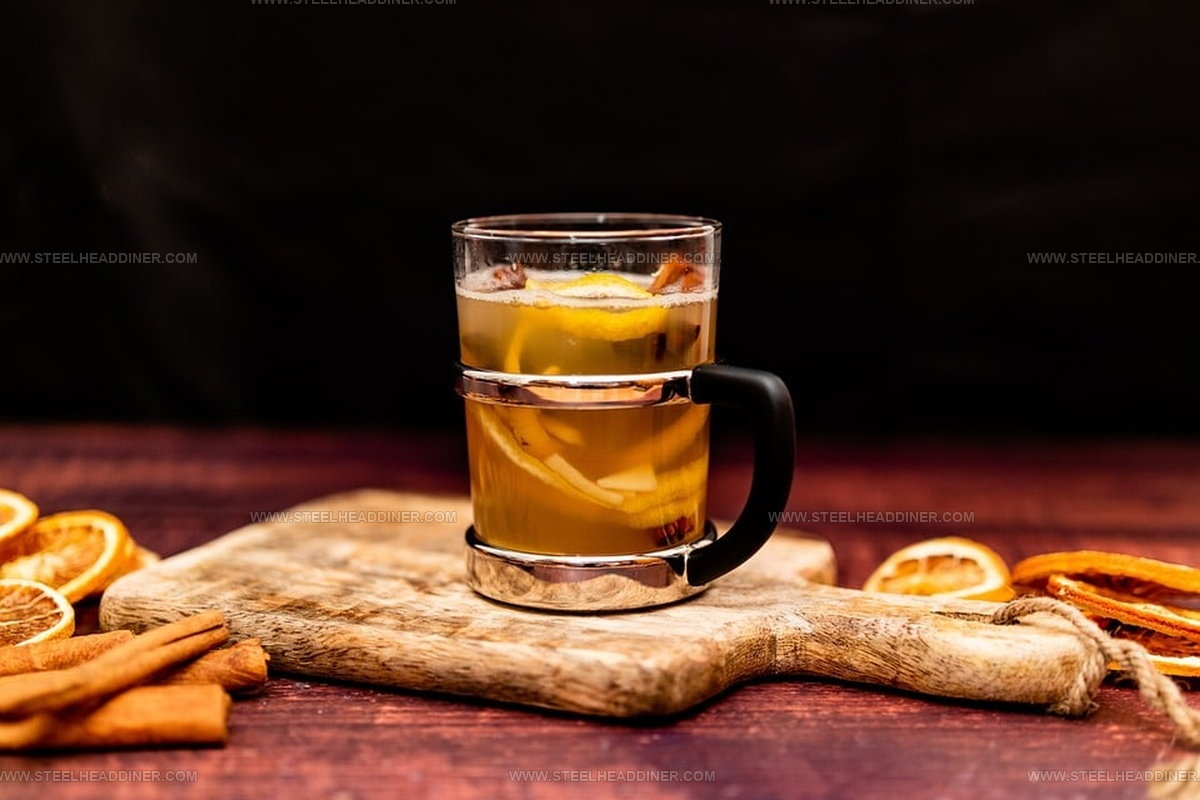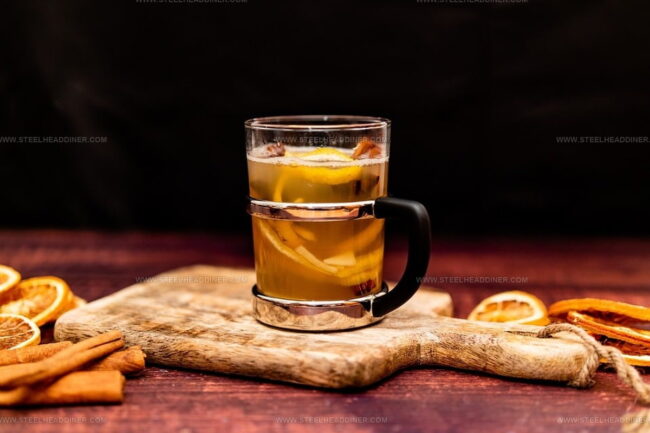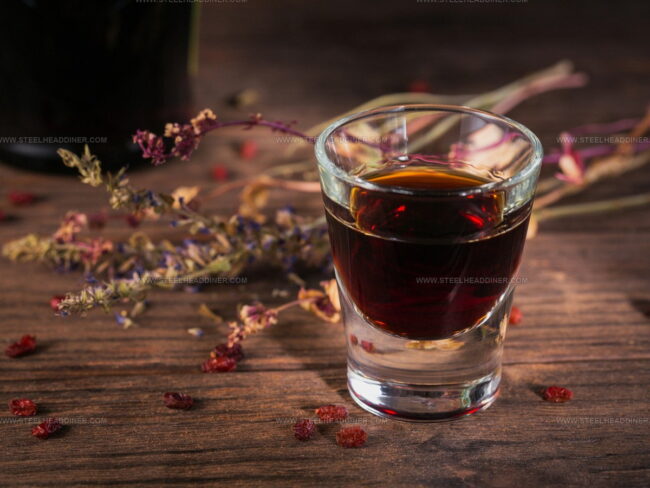What Do Bitters Taste Like? Discover Their Bold Flavor Profile
Bitters, those intriguing concentrated flavor extracts, have long fascinated culinary enthusiasts and cocktail lovers alike.
Mysterious and complex, these aromatic liquid concentrations pack a powerful punch in mixology and cooking.
Professional bartenders and chefs understand their transformative potential in elevating drinks and dishes.
Some people find bitters intimidating, wondering about their actual sensory experience.
These concentrated herbal and botanical extracts carry deep historical roots in both medicinal traditions and modern gastronomy.
Professionals carefully craft bitters using unique botanical blends, creating layers of intricate flavor profiles that can dramatically enhance your culinary adventures.
Understanding their nuanced characteristics requires an open palate and willingness to experiment with these remarkable flavor enhancers.
Your taste buds are about to embark on an exciting sensory journey through the world of bitters.
Bitters: What Are They?
Bitters carry their name from a sharp taste, yet they pack medicinal herbs with healing properties.
Doctors originally used these mixtures to help with stomach and digestive challenges.
Bartenders now mix bitters before serving whiskey to balance its impact and boost overall drinking experience.
Cocktail makers recognize bitters as single-ingredient drinks, unlike other mixed beverages that combine multiple components for richer flavor profiles.
What Makes Up Bitters?
Herbal mixtures soak in clear spirits, creating a classic drink ingredient.
Small amounts of plant-based chemicals enhance drinks like gin and perfumes.
Alcohol choice matters for two key reasons.
Strong spirits pull out deeper herbal flavors more effectively.
Neutral liquors also showcase unique botanical notes without competing with the original ingredient.
Flavor Profile Of Bitters
Bitters can taste bitter or even bittersweet when eaten alone. Some carry spicy, smokey, or citrus scents.
Tasting ingredients separately helps understand their unique qualities. Bitters actually add flavor to drinks without being bitter themselves.
Cocktail lovers find them essential. These herbal mixtures can boost drink taste and make drinking more enjoyable.
Bitters have been used to flavor food and drinks for many generations. Bitters consist of botanical ingredients and bittering elements soaked in strong spirits.
Their alcohol content remains powerful and intense. Most humans can handle only small amounts of bitters.
Caution matters when sampling these potent mixtures.
Bitters require three different tasting methods to fully appreciate their character:
Bitters' flavor depends on their base alcohol. Ninety percent alcohol creates a smoky bitter experience.
Strong bitters hit the tongue with an earthy sensation. Such bitters can enhance dish flavors effectively.
Small amounts of soapy-flavored bitters can also improve meal taste.
How to Make Your Own Bitters at Home
Making your own bitters at home is a fun way to add unique flavors to cocktails, sodas, or even recipes, and you only need a few simple steps to get started:
Cocktail Recipes Using Bitters
Cocktail makers see bitters as key spice drops that bring magic to mixed drinks.
These small liquid extras work like seasoning for beverages, adding sharp notes and interesting smells.
Medical professionals first created bitters as stomach helpers long ago.
Bitters help drinks taste better by adding richness and balancing different flavor notes.
Classic cocktail recipes like Old Fashioned, Manhattan, and Martinez rely on these powerful drops.
Mixologists store bitters in clean glass containers after mixing with alcohol, making them ready for many drink combinations.
Bartenders can splash these flavor enhancers into almost any beverage.
Bitters in Non-Alcoholic Drinks and Sodas
Bitters aren’t just for cocktails, they can add depth and excitement to non-alcoholic drinks and sodas, making simple beverages taste more interesting and refreshing:
Using bitters in non-alcoholic drinks is a simple way to make everyday refreshments feel special, creative, and full of flavor.
Bitters Pairings with Food
Bitters are known for adding bold flavors to drinks, but they also work surprisingly well in food pairings, bringing depth and complexity to many dishes:
Experimenting with bitters in food helps you discover new flavors and makes both simple and special meals even more delicious.
Bitters: Wellness Benefits
Bitters aren't just a simple mixer for alcoholic drinks.
This beverage stands alone as a powerful liquid with intense flavors.
Packed with roughly 45 percent alcohol or 90 proof, bartenders typically use small amounts to add depth and complexity to cocktails.
Spices give bitters their distinctive sharp taste and potential health benefits.
Herbal ingredients work together to create a drink that may help calm stomach discomfort.
Traditional medicine practitioners have long used bitters as a natural digestive aid.
Ingredients include:
Several components boast healing properties.
Cinchona bark stands out as a powerful natural remedy.
Medical professionals recognize this ingredient for fighting malaria and addressing cold and flu symptoms.
Its benefits extend to supporting blood vessel health and easing stomach problems.
Why Do People Use Bitters?
Bitters come from a mix of herbs, roots, and fruits that create a special smell and taste.
Centuries have passed since bitters first appeared, with some cultures using them as medicine.
Bitters do more than add flavor to drinks. Small amounts can help you feel better.




Maya Thompson
Culinary Content Creator & Nutrition Enthusiast
Expertise
Healthy single-serving recipes, Meal prepping for individuals, Integrating nutrition into everyday cooking, Vegetarian and plant-based cuisine
Education
The Chef’s Academy at Harrison College
Associate of Applied Science in Culinary Arts
Focus: Nutrition, meal planning, and culinary techniques for healthy living.
Maya found her passion in the kitchen by mixing good food with good energy. After earning her culinary degree at The Chef’s Academy at Harrison College, she made it her mission to keep cooking simple, wholesome, and packed with flavor.
At Steelhead Diner, Maya shares easy, healthy recipes built for real life. For Maya, great food seems like a celebration of everyday moments, made better one fresh bite at a time.